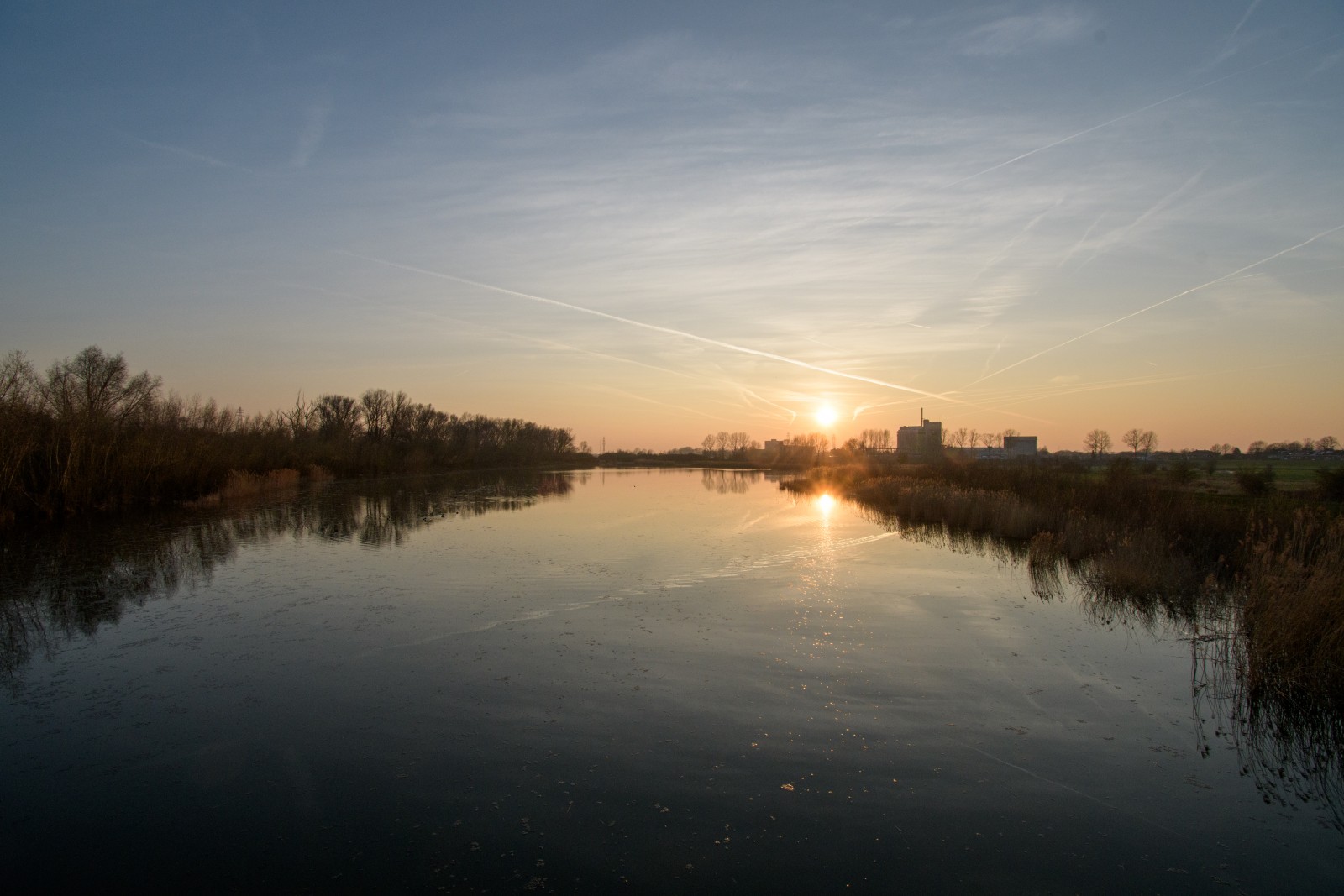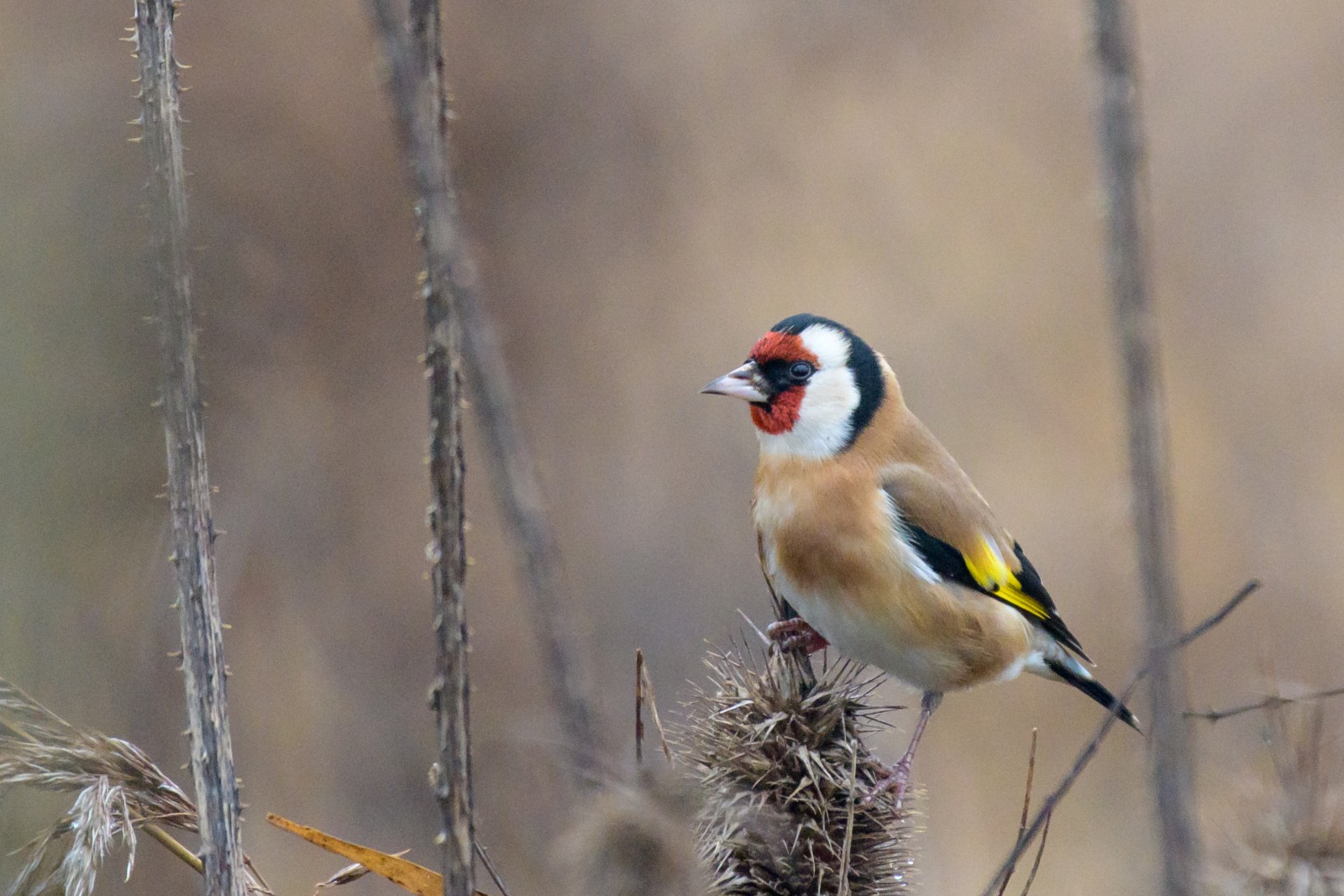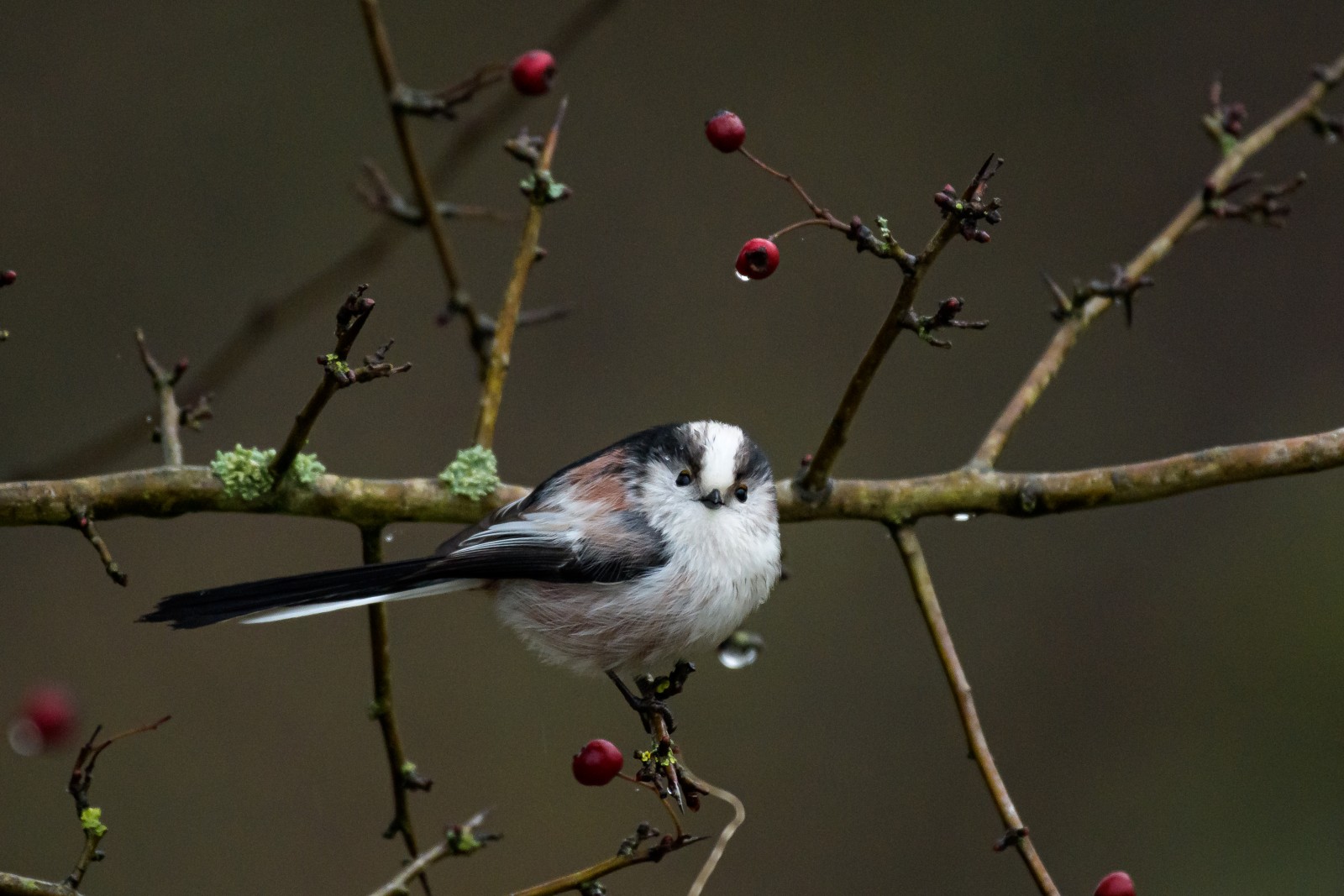Charger images
Les formats d'image autorisés sont de type jpeg, png ou gif
La taille maximale du fichier doit être de 20MB



One of the floodplains of the Rhine. It can be flooded in winter and spring, which attracts various birds.
The Wageningse Bovenpolder is divided by a secondary channel, which harbors various duck species like Fuligule morillon, Canard souchet, Sarcelle d'hiver and Canard chipeau and other waders like Petit Gravelot, Chevalier guignette, Chevalier culblanc and Chevalier sylvain. Multiple Sterne pierregarin are foraging here. These can be observed from the walking tracks or the bridge. A wider part of this secondary channel can be observed from a paved road and in addition of the abovementioned species, the Bécassine des marais and Avocette éléganteare often seen here. In certain years the Râle des genêts, Marouette ponctuée and Butor étoilé can be found here as well. The current conservation is especially aimed to make the area attractive for these species.
From the walking paths other species like the Bruant des roseaux, Gorgebleue à miroir, Martin-pêcheur d'Europe, Coucou gris, Râle d'eau,Bouscarle de Cetti and Tarier pâtre are frequently observed. The Chevêche d'Athéna also resides in the area. Birds of prey that visit the area are Faucon pèlerin, Épervier d'Europe, Autour des palombes and Faucon hobereau. A newly designed (2020) circular walking path will cover all highlights including the above mentioned areas and the Rhine. During migration interesting species could pass by like Milan royal, Pygargue à queue blanche and Grue cendrée. Rare species are also found here occassionally.
_________________________
Nederlands: De Wageningse Bovenpolder wordt doorsneden door een nevengeul, waarin verschillende soorten eenden leven zoals Fuligule morillon, Canard souchet, Sarcelle d'hiver en Canard chipeau en steltlopers zoals Petit Gravelot, Chevalier guignette, Chevalier culblanc en Chevalier sylvain. Meerdere Sterne pierregarin zijn hier aan het foerageren. Deze zijn te zien vanaf de wandelpaden of vanaf de brug. Een groter deel van deze nevengeul is vanaf een verharde weg waar te nemen en naast bovengenoemde soorten komen hier ook vaak de Bécassine des marais en Avocette élégante voor. In bepaalde jaren zijn hier ook de Râle des genêts, Marouette ponctuée en Butor étoilé te vinden. Het huidige beheer is er vooral op gericht om het gebied aantrekkelijk te maken voor deze soorten.
Vanaf de wandelpaden kun je ook andere soorten ontdekken. Bruant des roseaux, Gorgebleue à miroir, Martin-pêcheur d'Europe, Coucou gris, Râle d'eau, Bouscarle de Cetti en Tarier pâtre worden vaak waargenomen. Ook de Chevêche d'Athéna leeft in het gebied. Roofvogels die het gebied bezoeken zijn Faucon pèlerin, Épervier d'Europe, Autour des palombes en Faucon hobereau. Een nieuw ontworpen (2020) rondwandelpad zal langs alle hoogtepunten gaan, inclusief de bovengenoemde gebieden en de Rijn. Tijdens de trek kunnen interessante soorten voorbij komen zoals Milan royal, Pygargue à queue blanche en Grue cendrée. Af en toe komen hier ook zeldzame soorten voor.
The best way to reach this area is by bike or foot. Parking would be the easiest in the city centre. There are limited (free) places to stay the night in a motorhome. The area is only accessible by foot. Certain spots on the border of the area can be reached by bike. It is not accessible for cars.
_________________________
Nederlands: De beste manier om dit gebied te bereiken is per fiets of te voet. Parkeren is het gemakkelijkst in het stadscentrum van Wageningen. Er zijn beperkte (gratis) overnachtingsplaatsen voor campers. Het gebied is alleen te voet bereikbaar. Bepaalde plekken aan de rand van het gebied zijn met de fiets te bereiken. Het is niet toegankelijk voor auto's.
Votre feedback sera transmis à l’auteur.rice de cette zone et à l’équipe éditoriale de Birdingplaces, qui l’utiliseront pour améliorer la qualité des informations. (Vous souhaitez publier un commentaire visible en bas de page ? Fermez cette fenêtre et choisissez l’Option 1 : « Publier un commentaire, un conseil ou une observation ».)
Veuillez fournir des suggestions d'améliorations ou d'ajouts au texte de ce site ornithologique.
Veuillez fournir vos suggestions d'améliorations ou d'ajouts à la carte.
Veuillez fournir des suggestions d'améliorations ou d'ajouts à la liste des oiseaux.
Cliquez sur l'icône de l'oiseau () Insérez les noms d'oiseau dans votre langue. Ils seront automatiquement traduits pour les autres usagers !